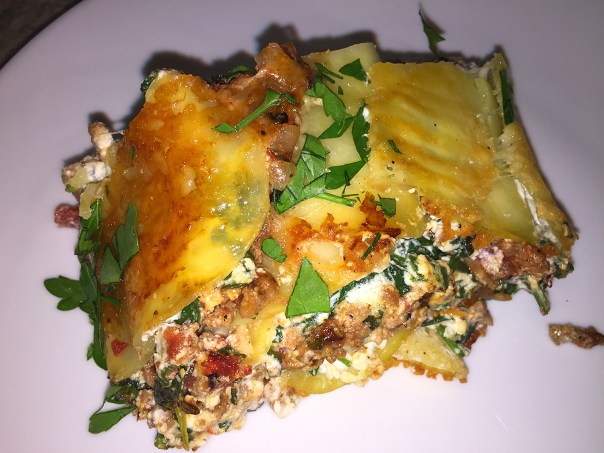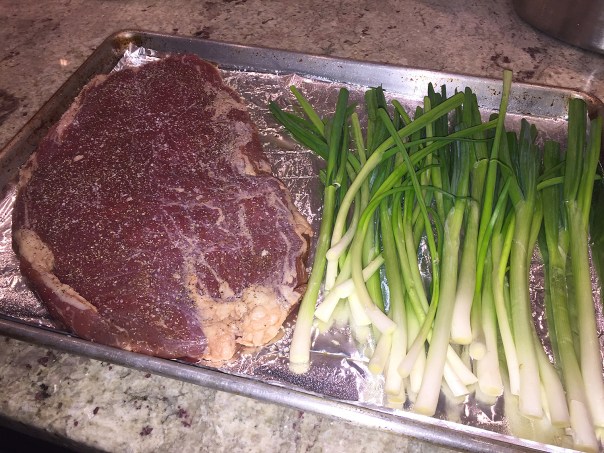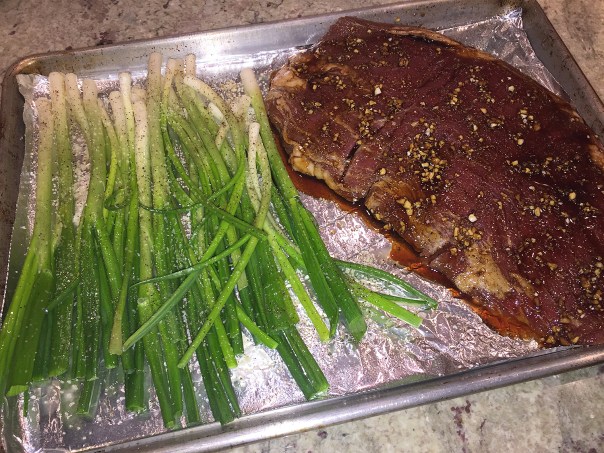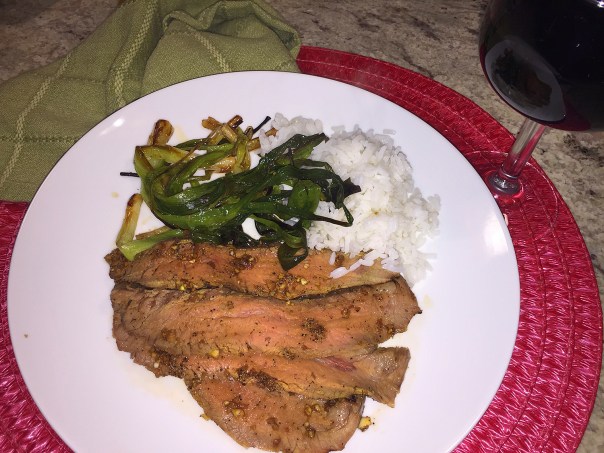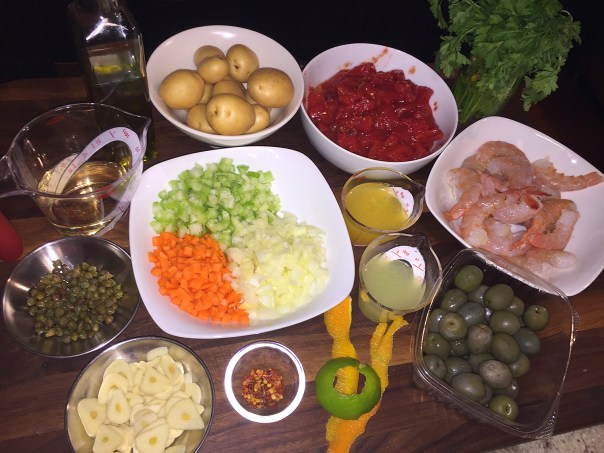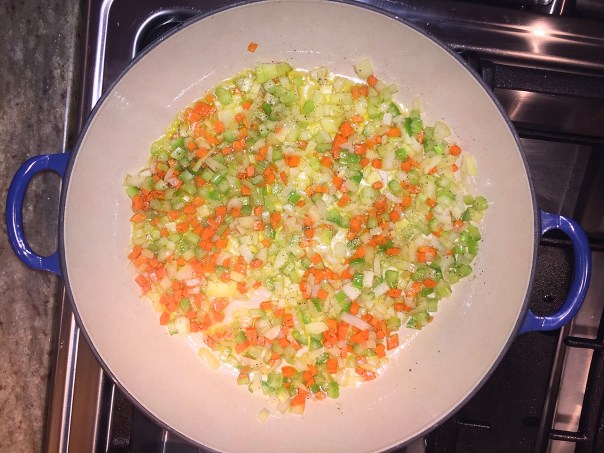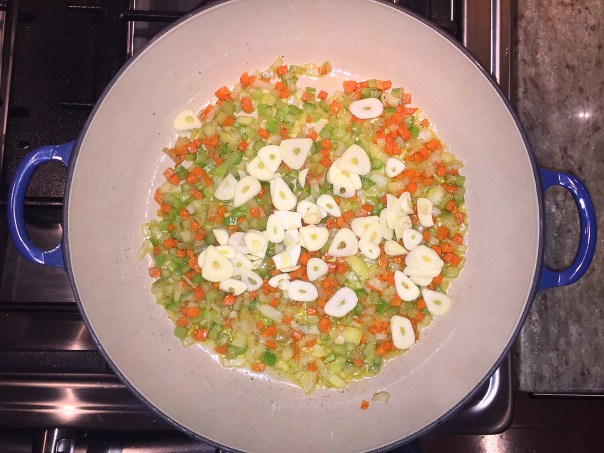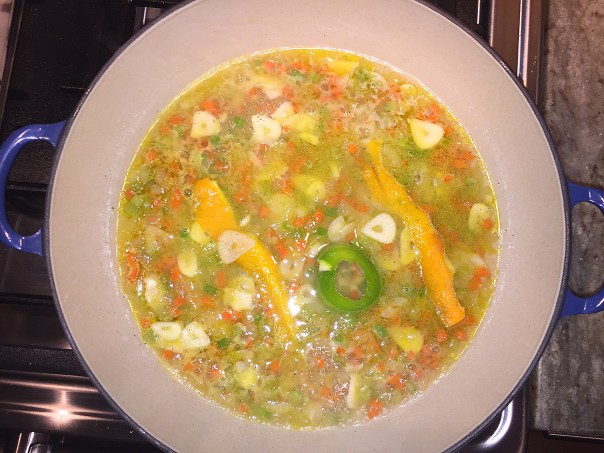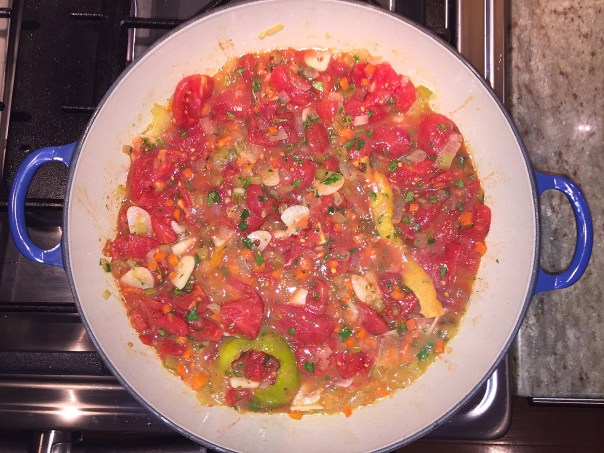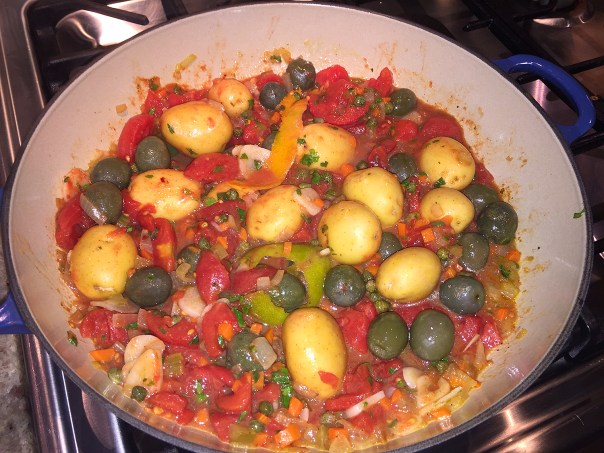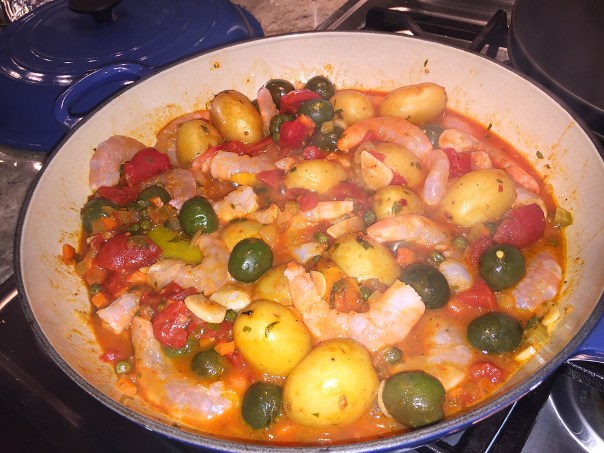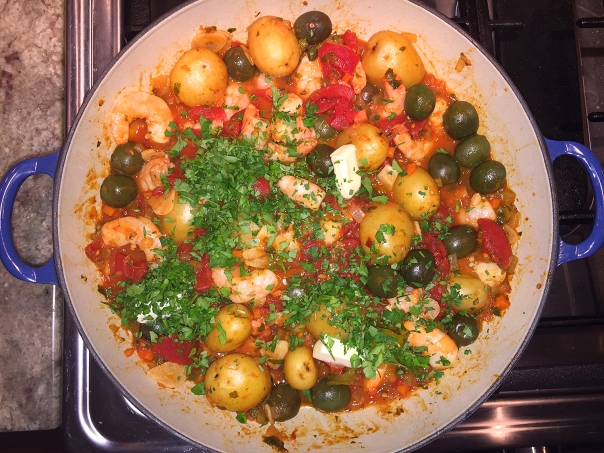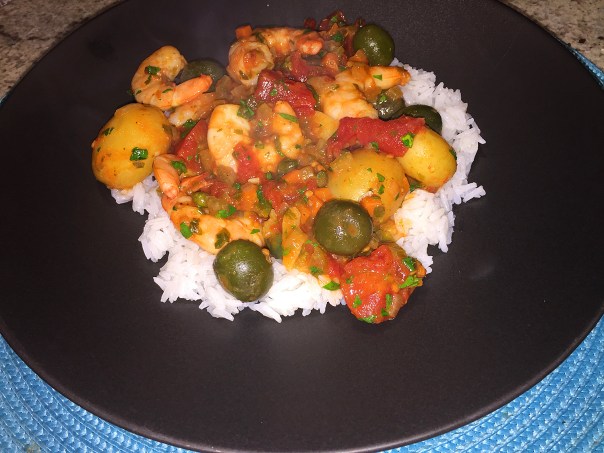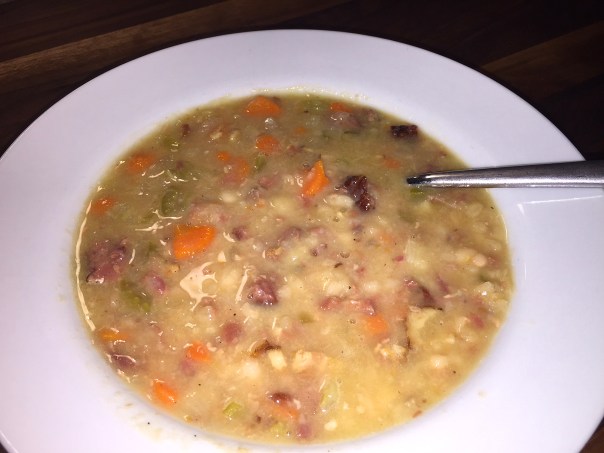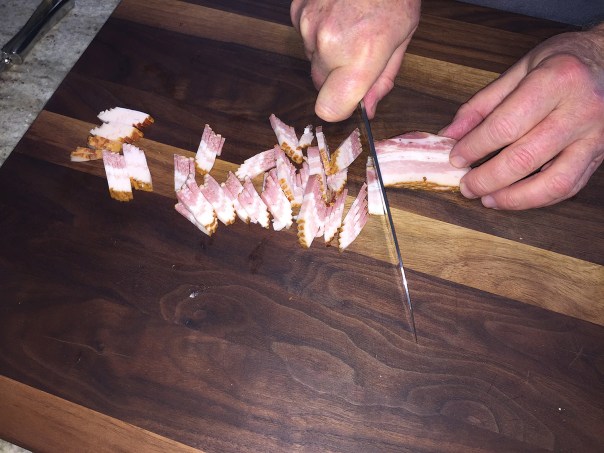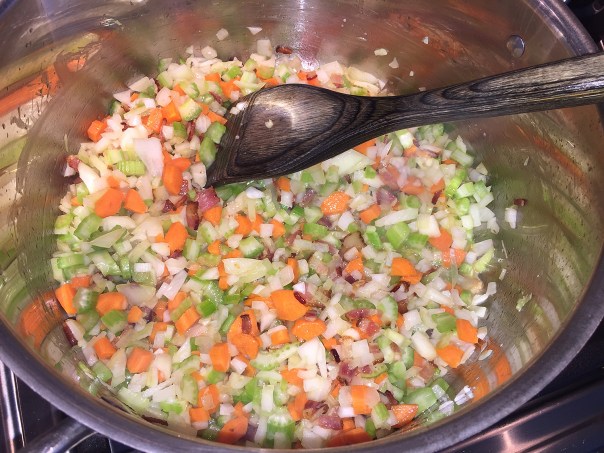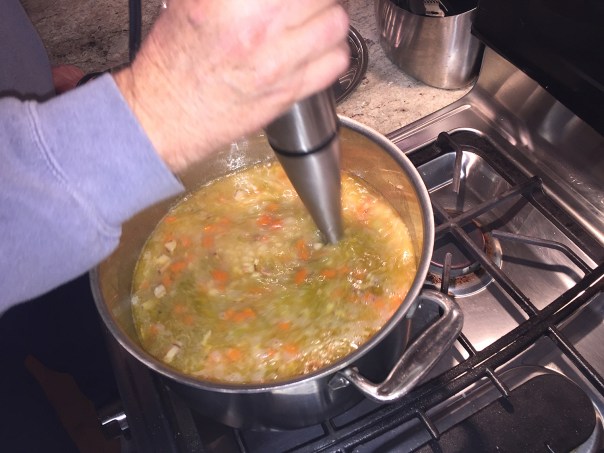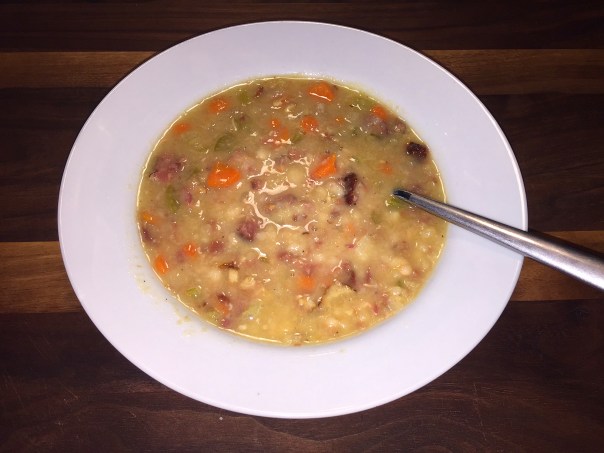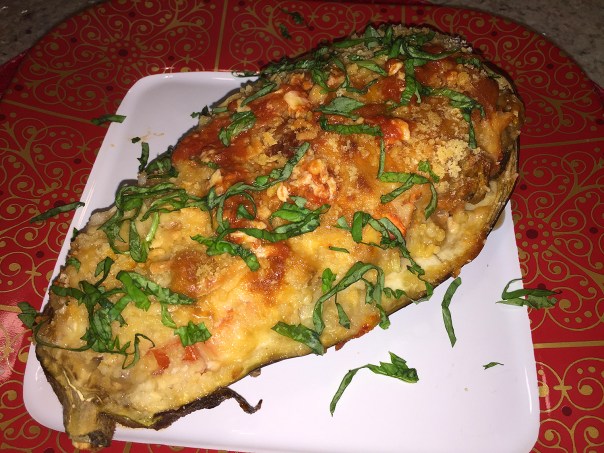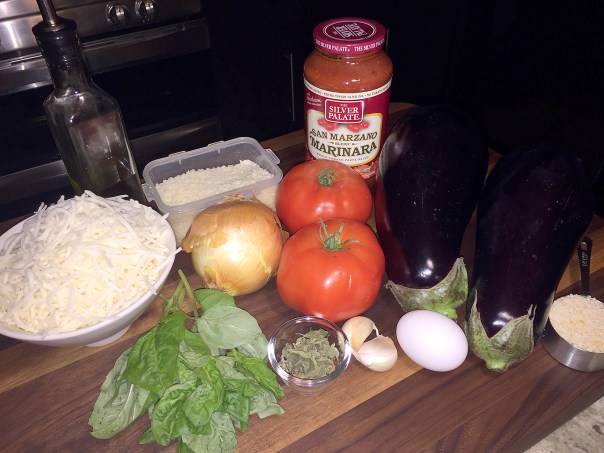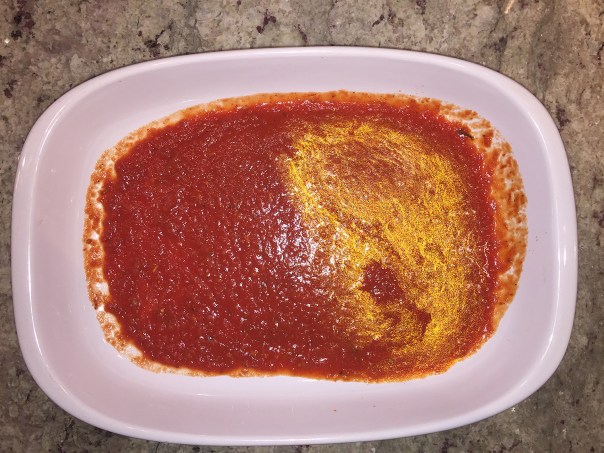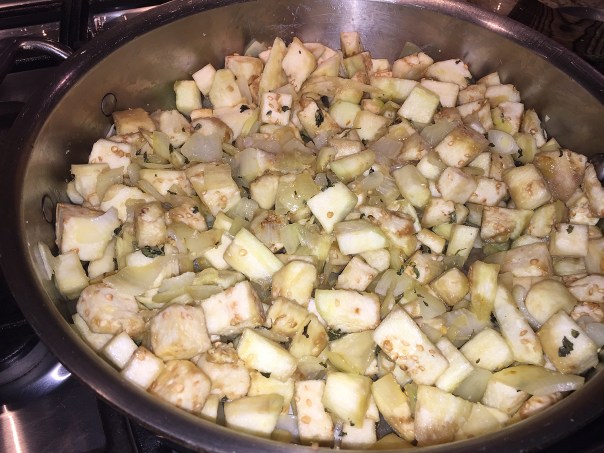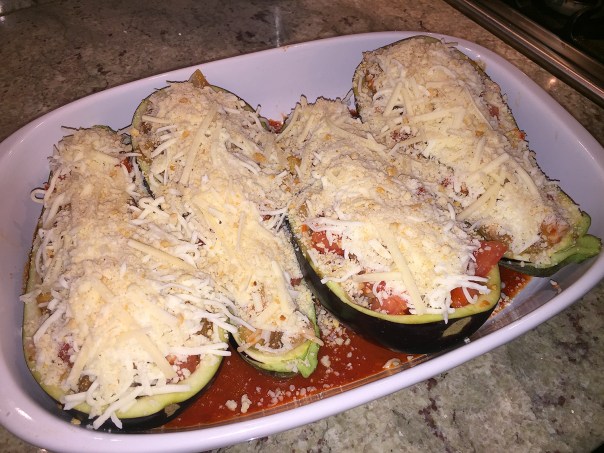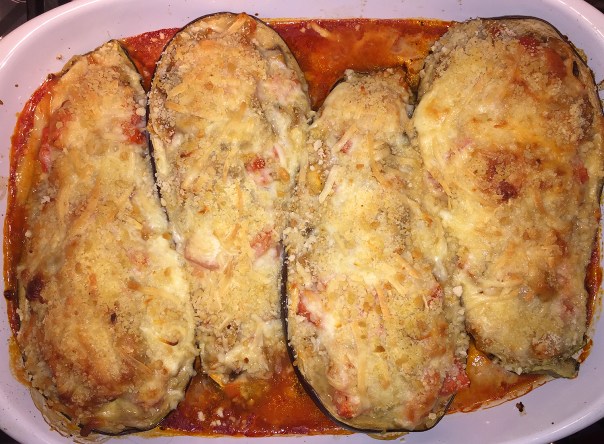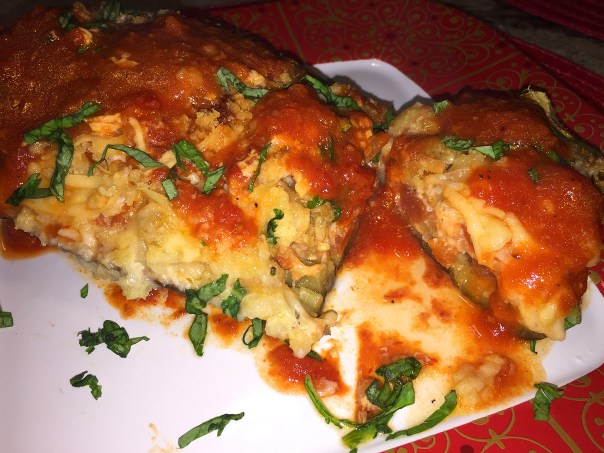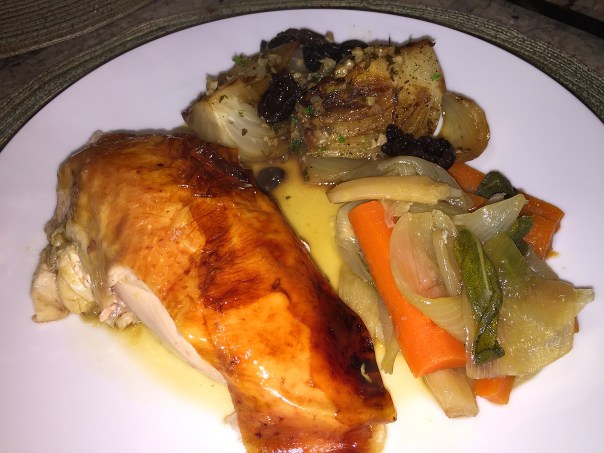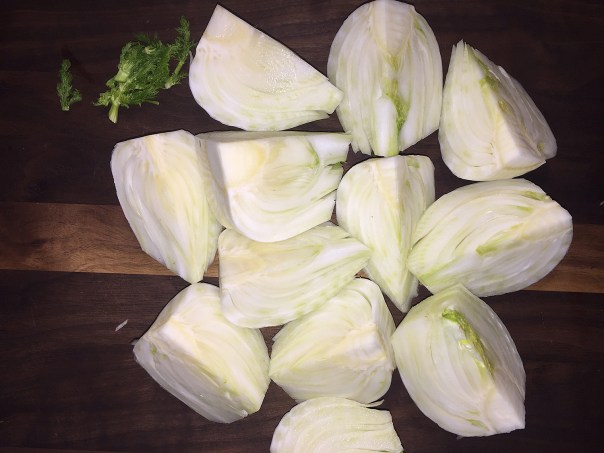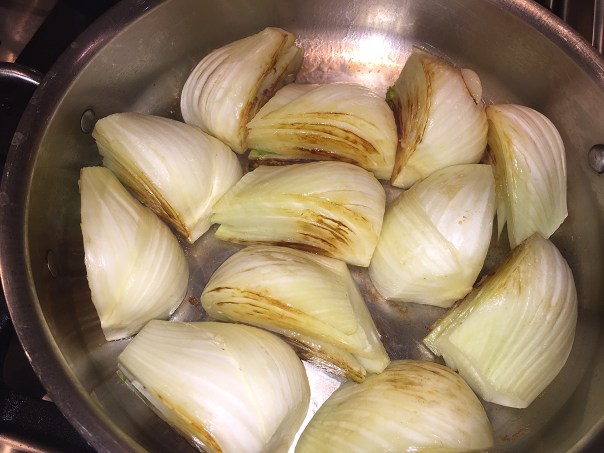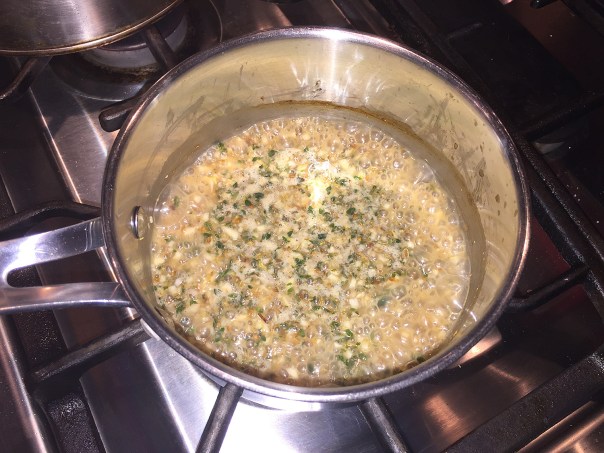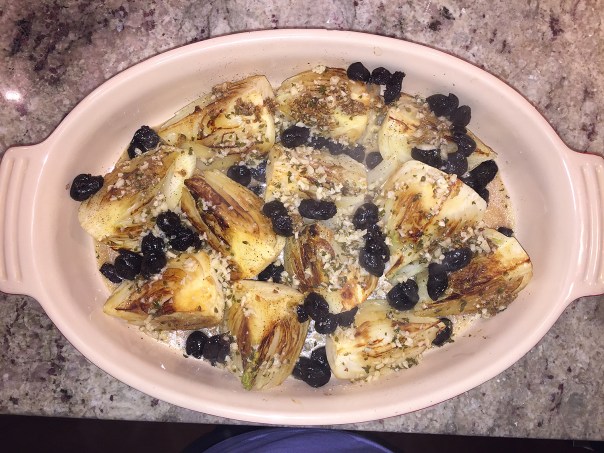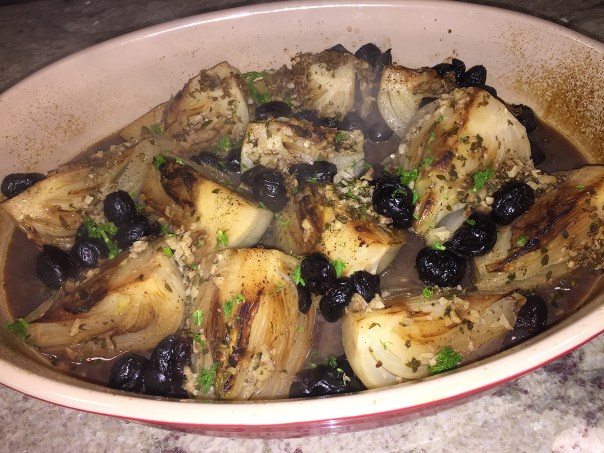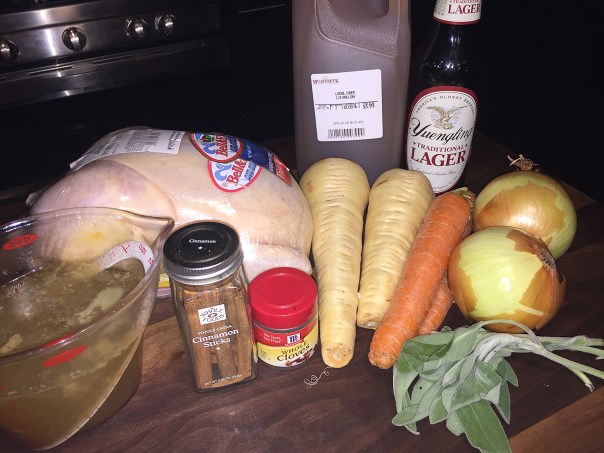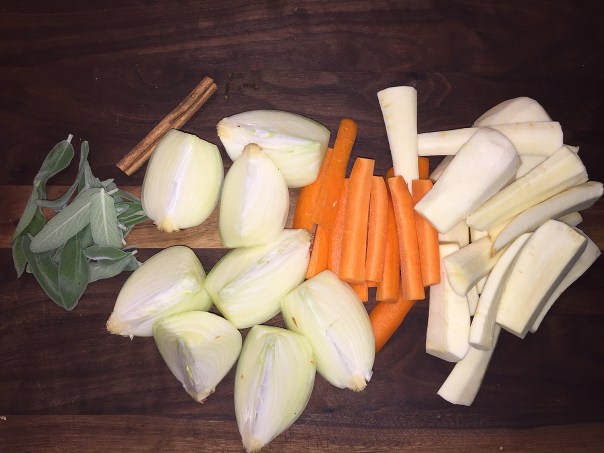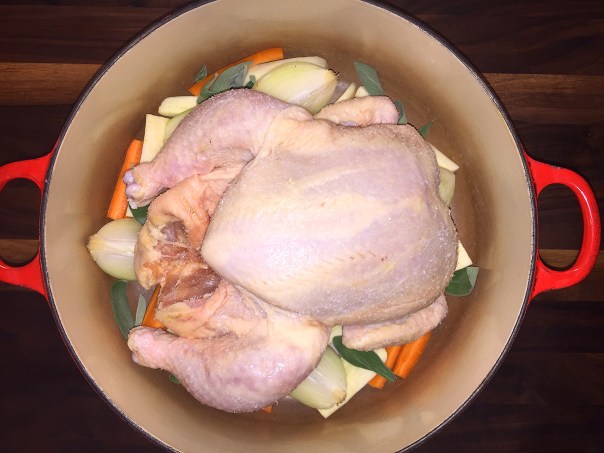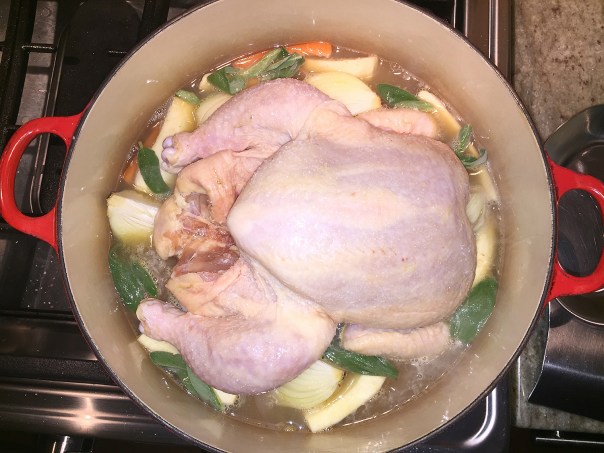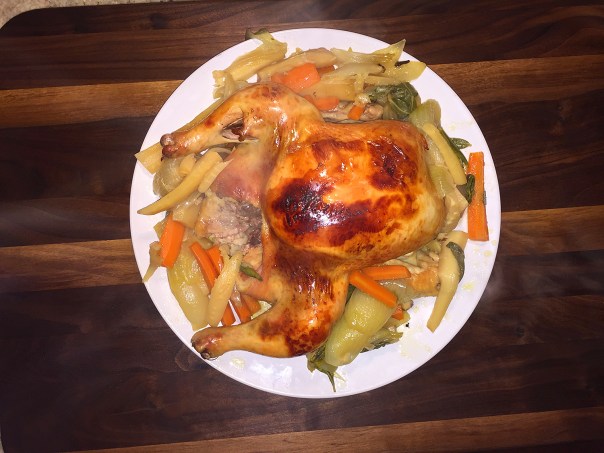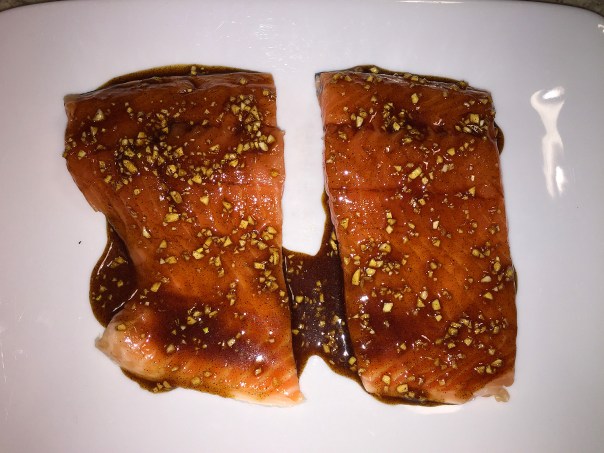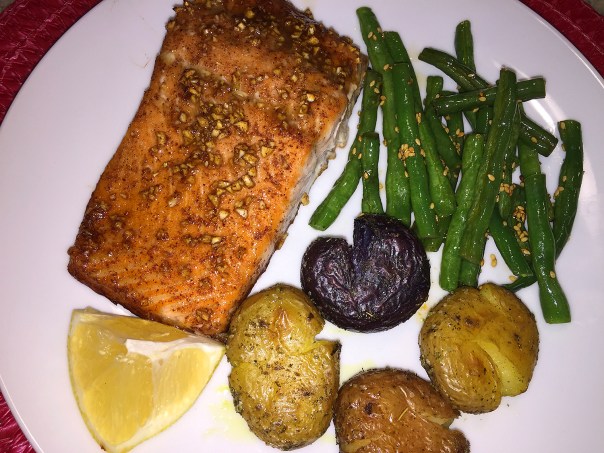Knowing our passion for cooking, our WCBIL (West Coast Brother-In-Law) David Ruttan, inserted a couple of issues of the San Francisco Chronicle annual food supplement “In The Kitchen” with our Christmas gifts this year. Thumbing through the photo-laden magazines, we zeroed in on the Orange-Braised Duck recipe by Chef David Williams. Now you probably know that Russ is a HUGE duck fan, and I was brought up on the feathery fowl, served on special occasions throughout my childhood years (Grandpa hunted duck.)
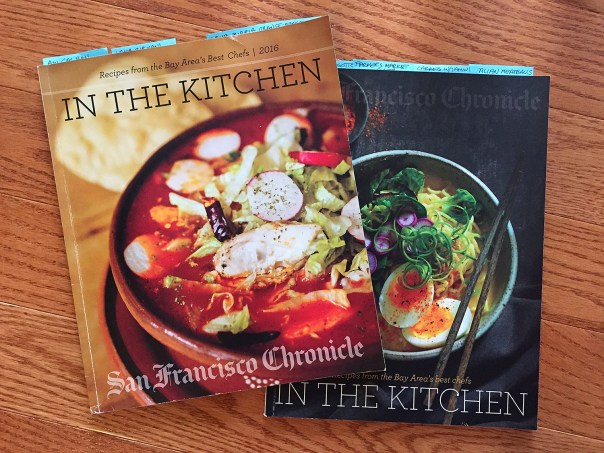
If you’ve never tried duck, this is a perfect recipe to waddle into the waters—metaphorically speaking. Obtaining the bird is another matter. Our trek took us through three towns at two different grocery stores, and a farmer’s market, before finally scoring one at an Asian mart! Luckily it was the day before we planned on cooking it because the 4-pounder was frozen solid. (Note that the duck needs to be cut and seasoned at least two hours, or up to a day ahead.) Salting the meat in advance may seem fussy, but this step ensures the duck will be seasoned to the bone.
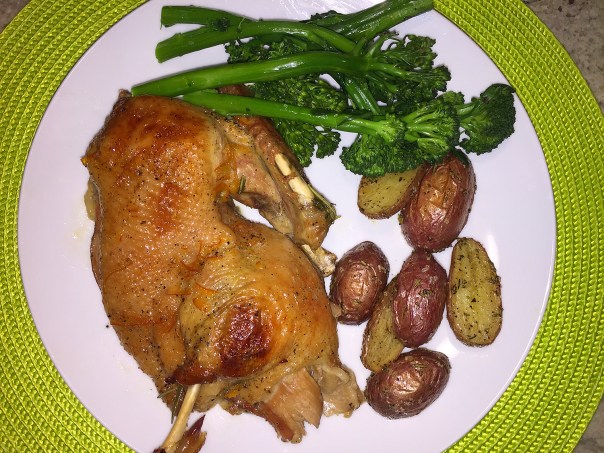
We simply served our bird with steamed broccolini and roasted baby potatoes seasoned with rosemary.
A deep pan or dutch oven is used to combine the duck with onions, carrots, celery, citrus, herbs and wine, allowing it to cook with all the juices. You can swap in blood oranges, mandarins or Meyer lemons for the orange; use rosemary (our choice) in place of thyme; or vary the braising liquid, experimenting with red wine, chicken stock or beer.
Based on the recipe Chef David Williams learned from a Mexican chef, and reminiscent of French-style duck à l’orange, the halved duck is first rubbed with marmalade, then rests on a bed of vegetables and aromatics, the braising liquid a mixture of fresh orange juice and a good splash of dry white wine (or other choices as noted above.)

Into the oven it goes, to be forgotten about for almost three hours. It’s retrieved from its steam bath when the fat has rendered from the skin and the meat is supple and moist, perfumed with citrus and infused with a wild, herbal flavor. Less time-consuming than confit, less messy and greasy than roasting a whole bird, it’s an approachable way to cook duck, a rich meat that’s ideal for cold weather—and mid-Winter in the Northeast is just that.

For the last 15 minutes of cooking, we removed the lid and parchment to let the skin brown up a bit more. In the end, the skin will still be too fatty to eat (at least for most of us), but don’t omit making the pan sauce as a finish, it is simply heaven-on-earth, and wonderfully aromatic. The essence of orange reminding me of a childhood favorite dinner, my mom’s Orange Juice Chicken… but I digress, back to the recipe at hand…
Orange-Braised Duck
Ingredients
- 1 Pekin or Long Island duck (about 4 pounds)
- Kosher salt and freshly ground black pepper
- 2 tablespoons orange marmalade, other citrus marmalade or apricot jam
- 2 ribs celery, cut into 2-inch lengths
- 2 carrots, peeled and cut into 2-inch lengths
- 1 large onion, peeled and quartered
- 1 small bunch thyme
- ½ bunch Italian parsley
- ½ bunch cilantro
- 1 navel orange, halved
- 1 bay leaf
- 1 cup dry white wine
Directions
Place the duck, breast side down, on a work surface. With a sharp knife or a pair of kitchen shears, cut alongside both sides of the backbone. Remove the backbone and discard (or save for stock like we did). With a sharp knife, cut off the large flap of skin at the tail end, and cut through the breast bone, separating the duck in half down the center. Season both halves of duck generously with salt and pepper on both sides and place on a rimmed baking sheet, skin side up. Refrigerate at least 2 hours or up to overnight.

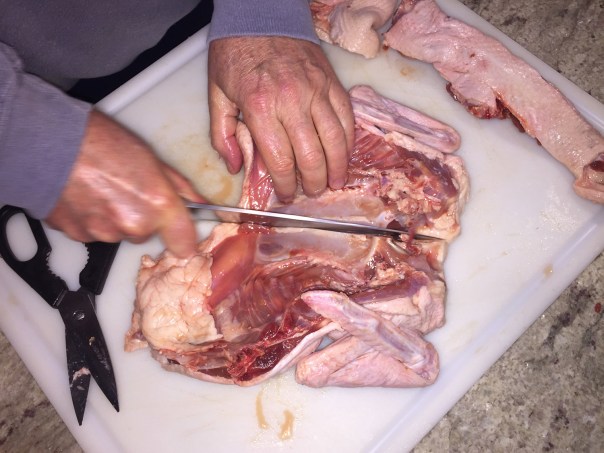
Roast the duck.
Preheat the oven to 350 degrees. Remove the duck from the refrigerator and slather the skin side of both halves with the marmalade (buy a top-quality brand).
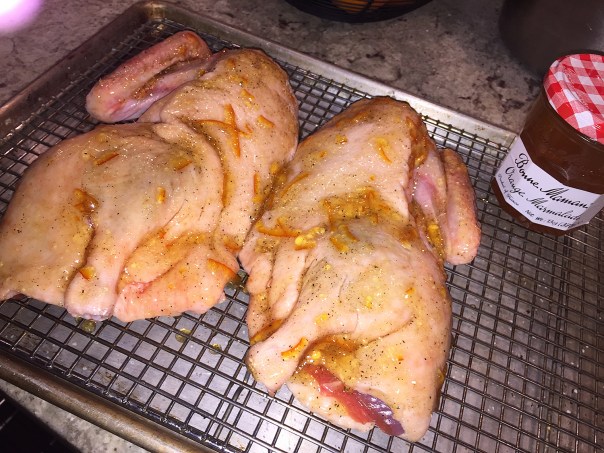
Put the celery, carrots and onions in a roasting pan or Dutch oven, lay the thyme, parsley and cilantro on top. Squeeze the orange juice over, then add the fruit (peel and all) to the pan. Add the bay leaf.

Place the duck, skin side up, on top of the bed of vegetables and aromatics, then pour the wine around. The duck will not be submerged in liquid. Cover tightly with foil, or if using a dutch oven, place parchment paper between the pot and the lid for a tight seal; and transfer to the oven.
Finish and serve.
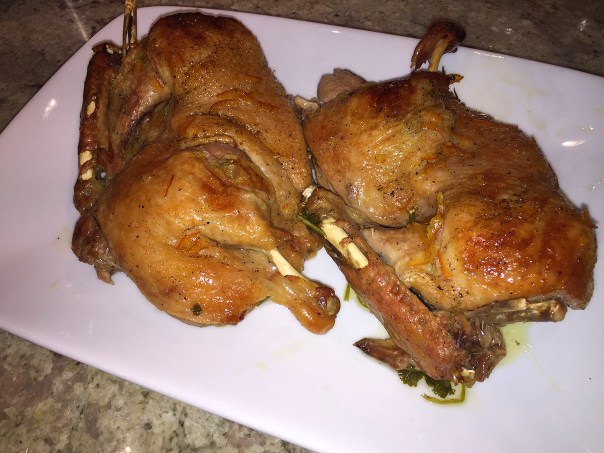
After 2½ hours, check the duck. The meat should pull from the bone easily; if it does not, recover and return to the oven for an additional 30 minutes. When the duck is done, remove it from the oven to a cutting board, carve into pieces and carefully transfer to a warmed platter. We left the duck in two halves, one for each of us. This may sound like a lot, but in the end it was the perfect serving of meat once all of the skin and bones are discarded.
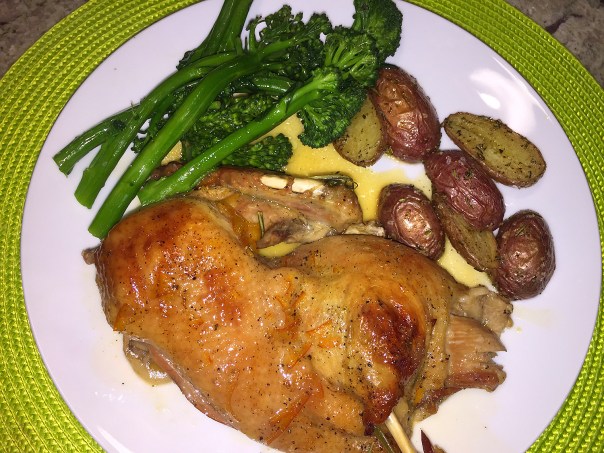
Pro move: For a restaurant-quality finishing touch, pour the braising liquid through a fine-mesh sieve into a clean bowl, pressing hard on the solids to extract the maximum flavor. Skim the fat from the liquid (save that fat for roasting vegetables; it’s liquid gold), then boil the remaining liquid in a saucepan until it has reduced slightly, seasoning to taste with salt, pepper and lemon or orange juice.
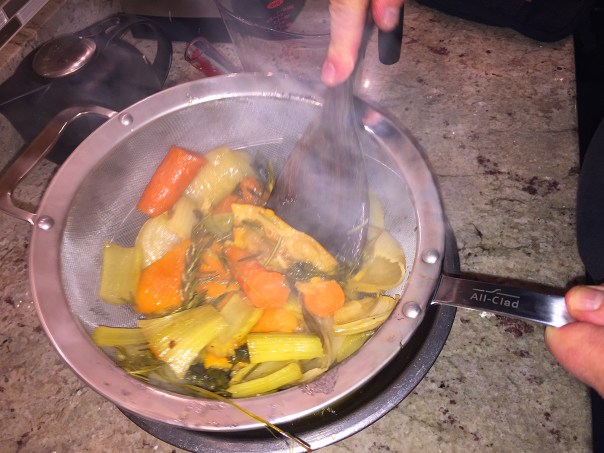
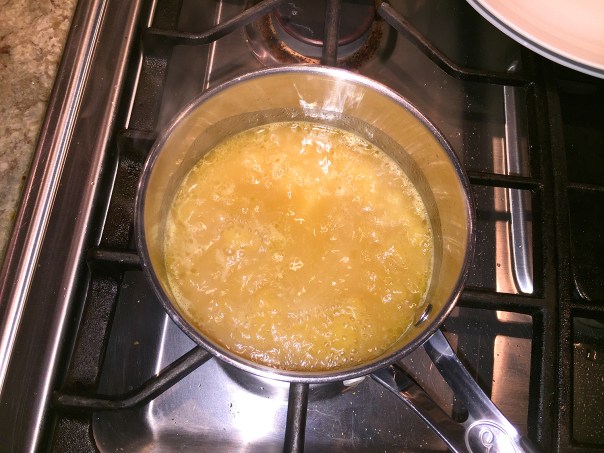
From David Williams of Bull Valley Roadhouse in Port Costa, CA.





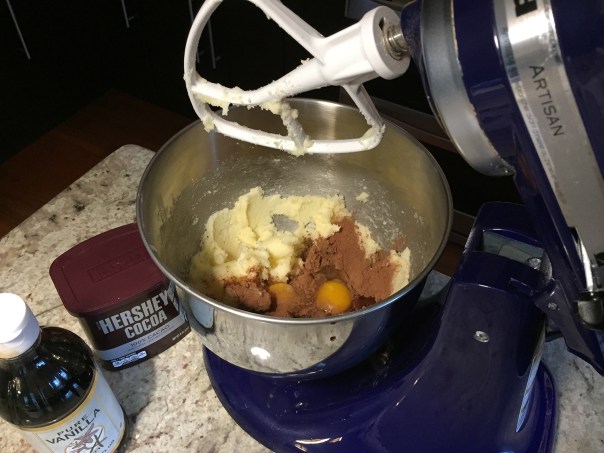

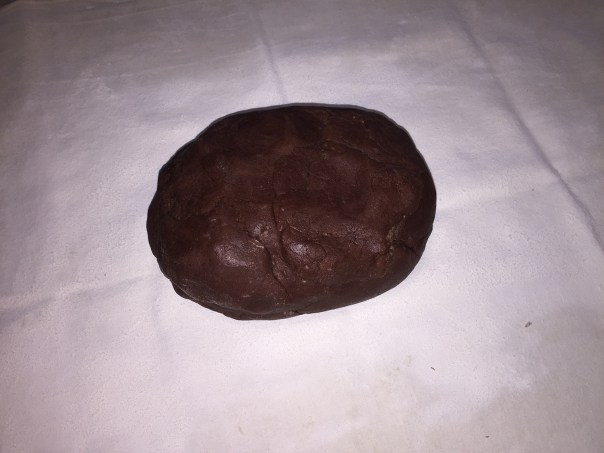



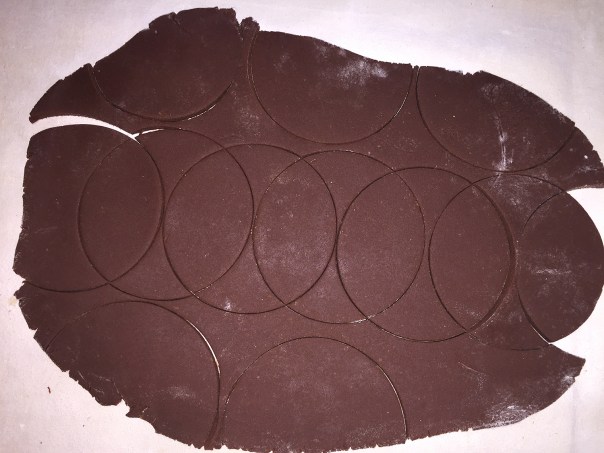








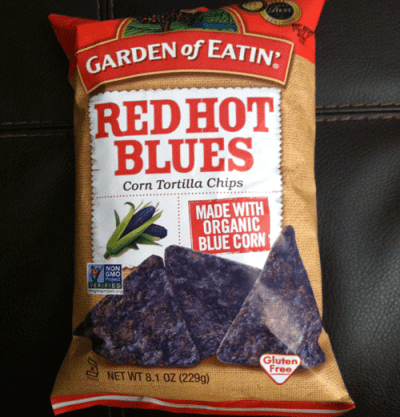
 Russ skewers the pinchos for grilling.
Russ skewers the pinchos for grilling.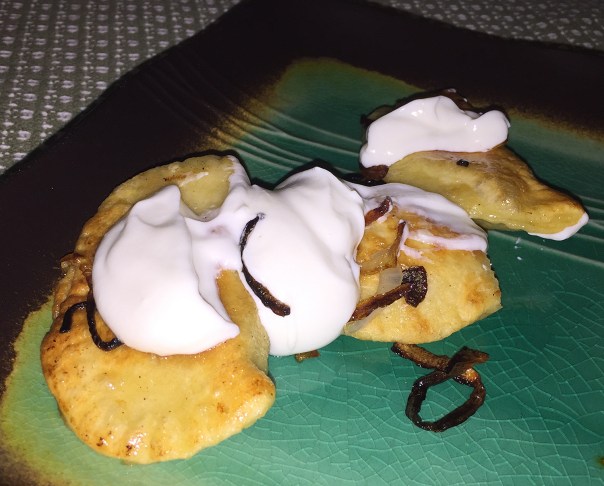
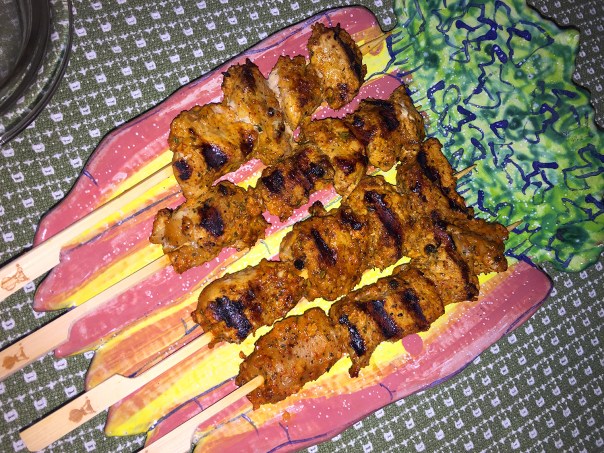 The culinary trip included Mexican Guacamole, Polish Perogies, Spanish Pinchos and Italian Soup.
The culinary trip included Mexican Guacamole, Polish Perogies, Spanish Pinchos and Italian Soup. The cooks: Mary Beth, Lynn and Merry Sue.
The cooks: Mary Beth, Lynn and Merry Sue.
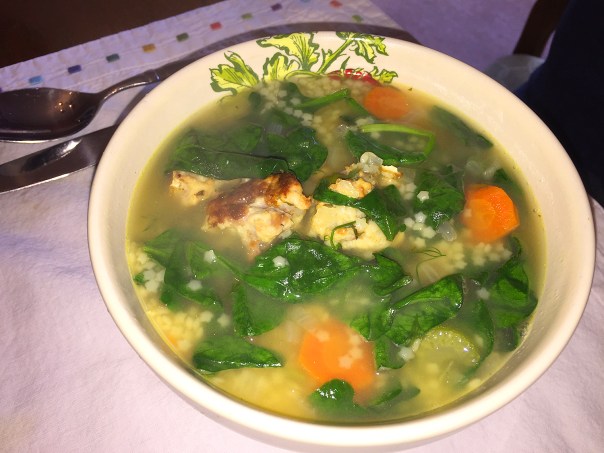 While the soup was delicious, we all agreed, it would have been kicked-up-a-notch if homemade stock was used, as indicated in the ingredient list.
While the soup was delicious, we all agreed, it would have been kicked-up-a-notch if homemade stock was used, as indicated in the ingredient list.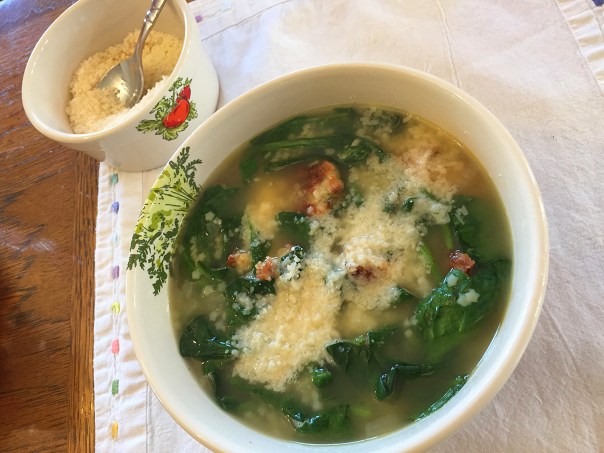


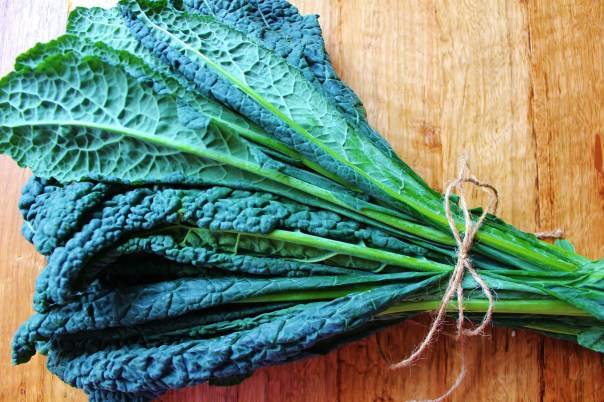
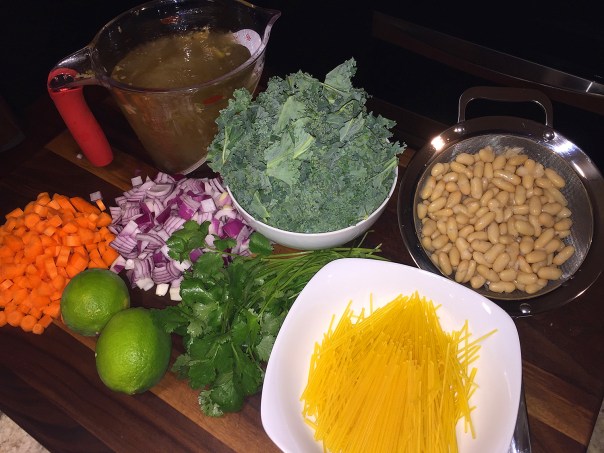







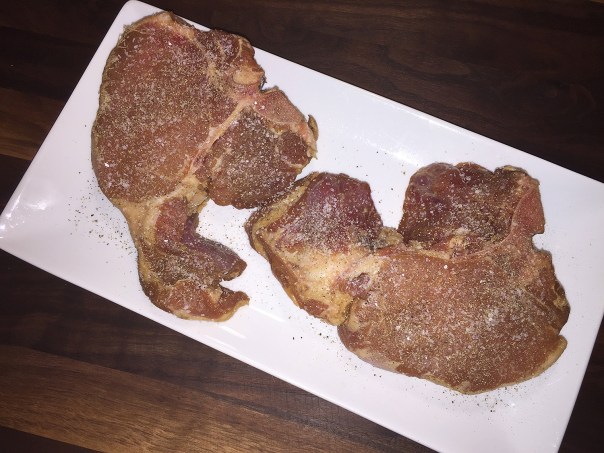

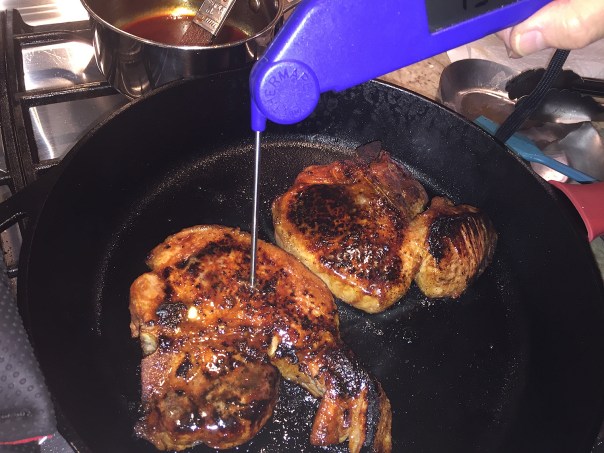
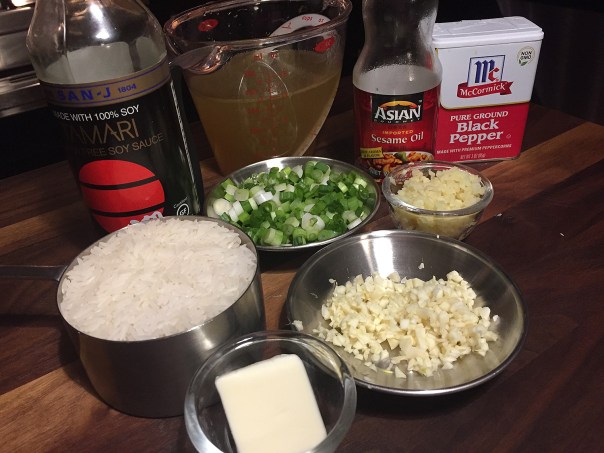
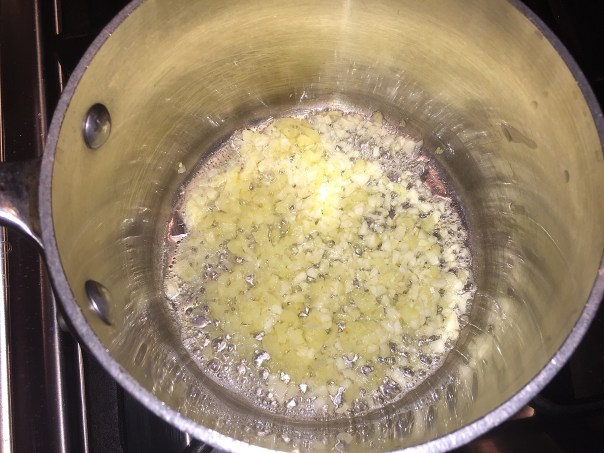
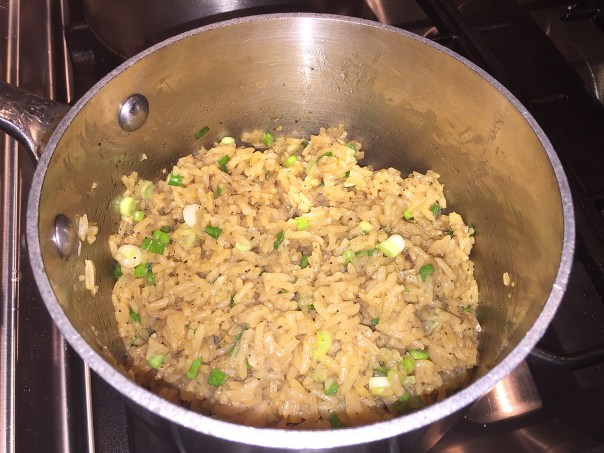



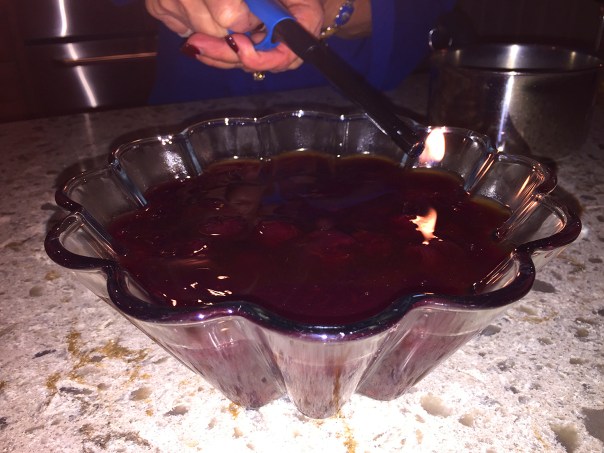 If you look closely enough, you may see the blue flame in the top center of the dish.
If you look closely enough, you may see the blue flame in the top center of the dish.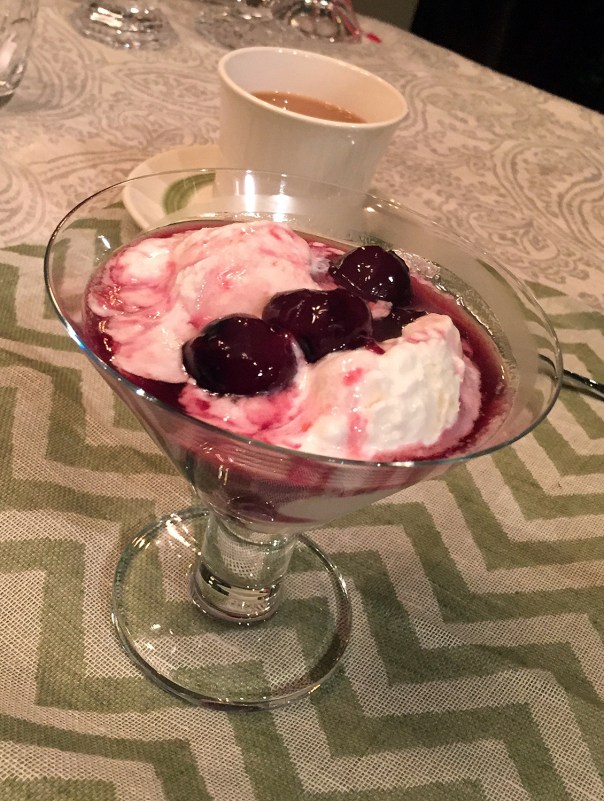 Russ was not allowed to take a taste until I made sure to get a decent photo.
Russ was not allowed to take a taste until I made sure to get a decent photo.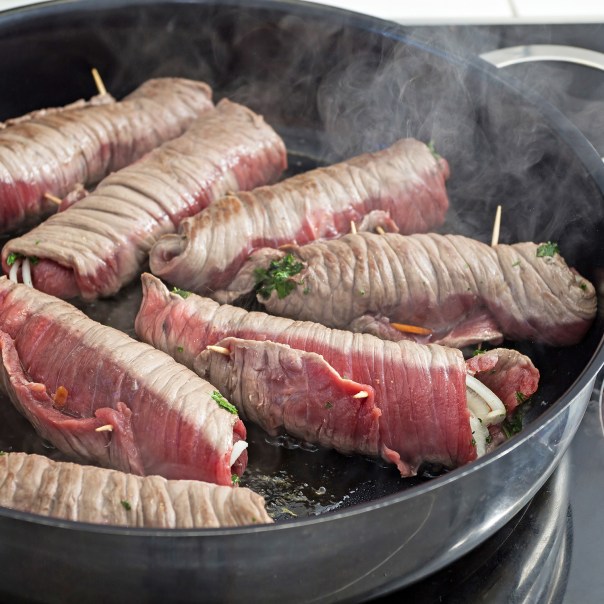

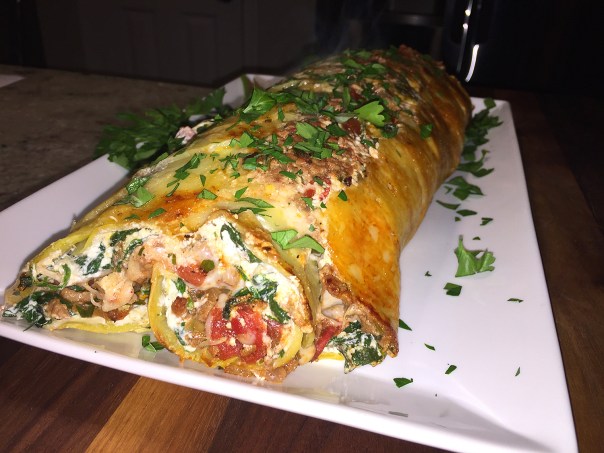

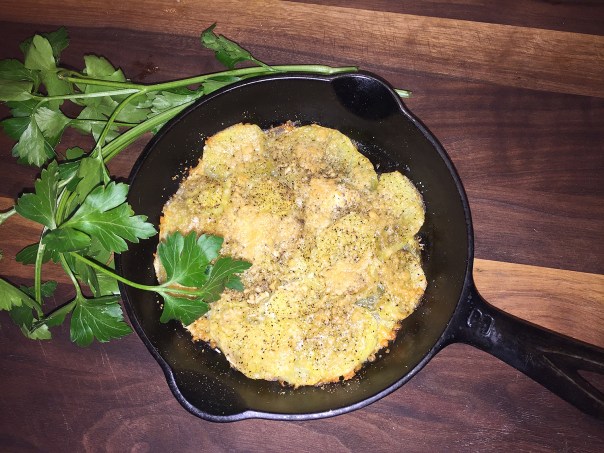

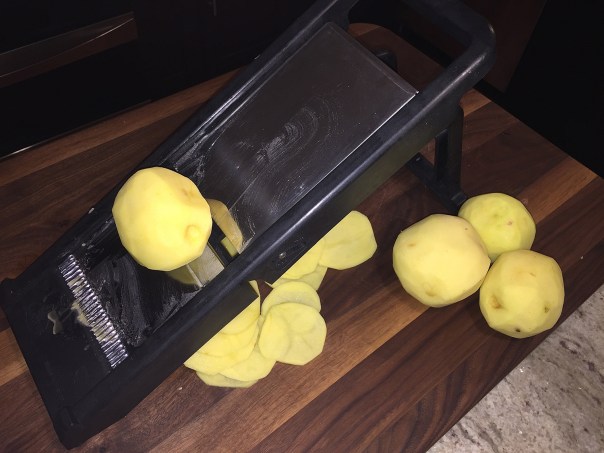 Slice the potatoes 1/8″ thick on a mandolin for best results.
Slice the potatoes 1/8″ thick on a mandolin for best results.
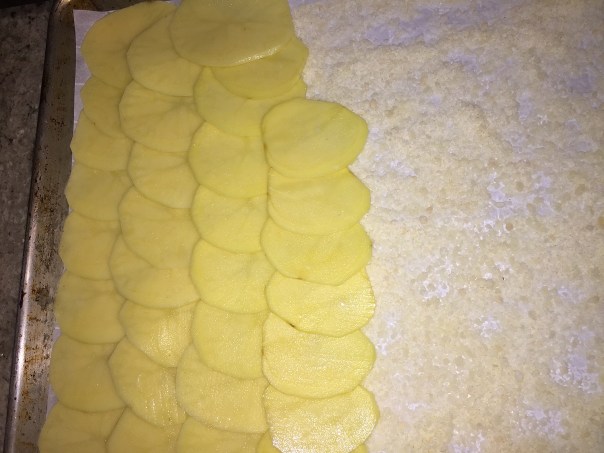
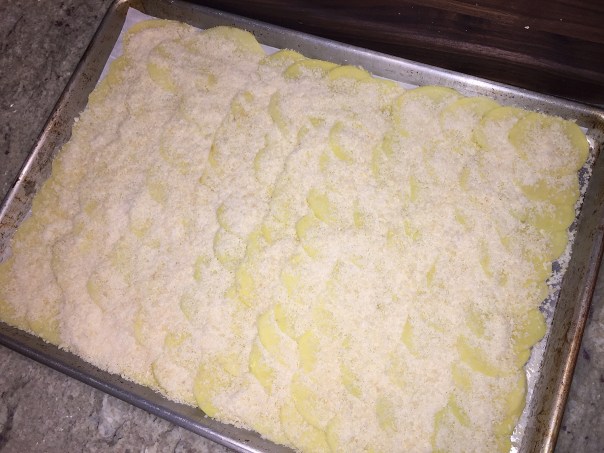
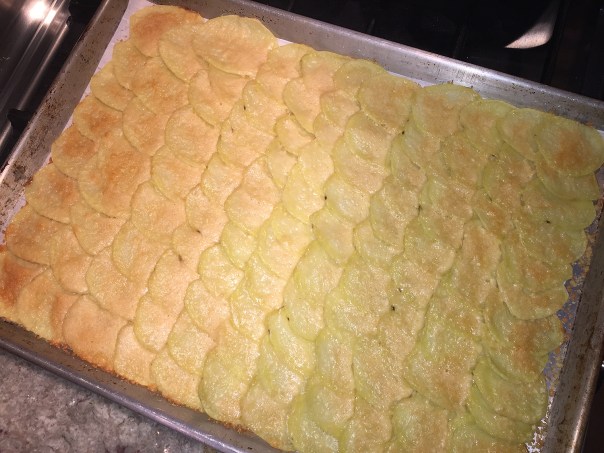
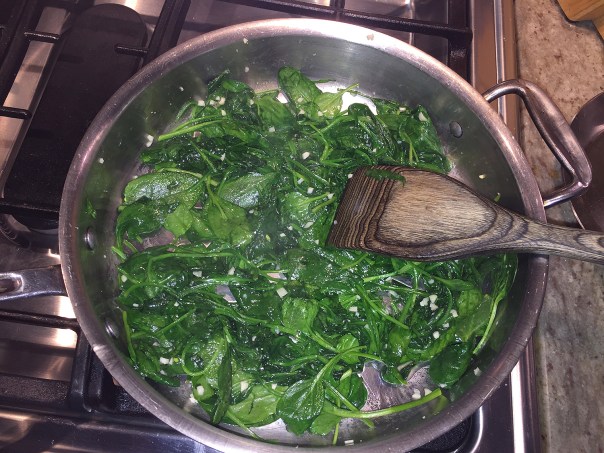 While potatoes are cooking, sauté the spinach and garlic.
While potatoes are cooking, sauté the spinach and garlic.
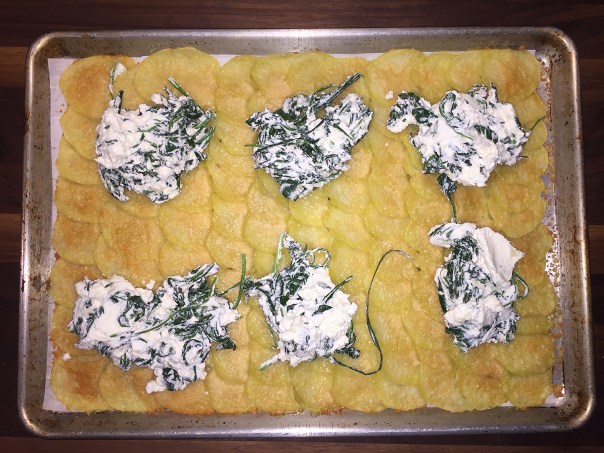 Dollop out the ricotta mixture…
Dollop out the ricotta mixture…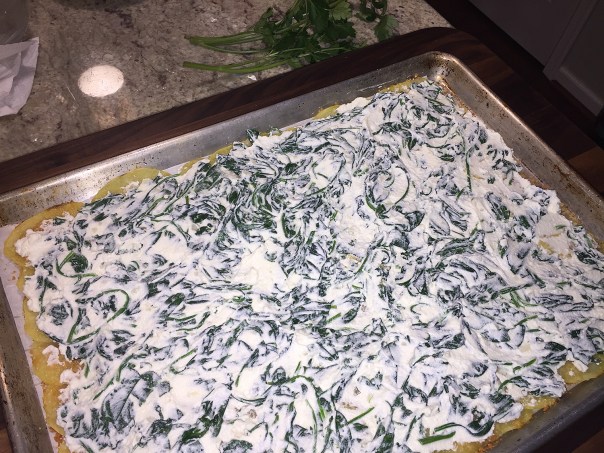 …then spread it evenly over the potatoes.
…then spread it evenly over the potatoes.
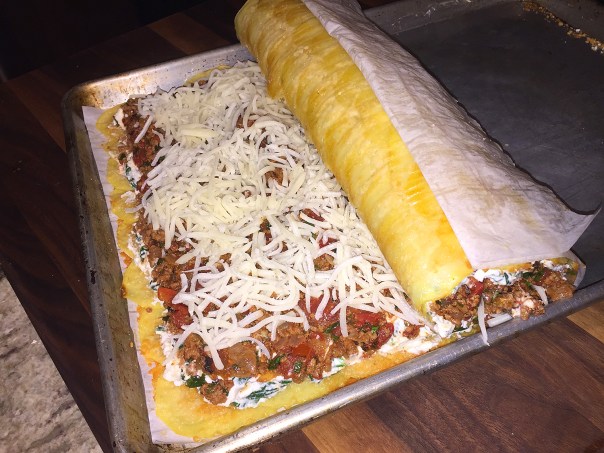
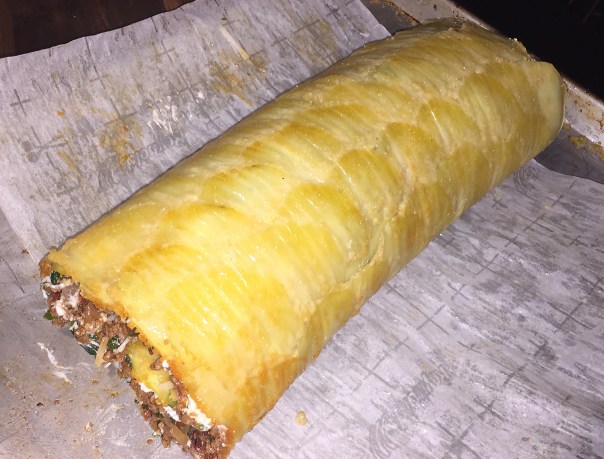 Once it is completely rolled, place the potato roll on the parchment paper and bake for 15 minutes.
Once it is completely rolled, place the potato roll on the parchment paper and bake for 15 minutes.
